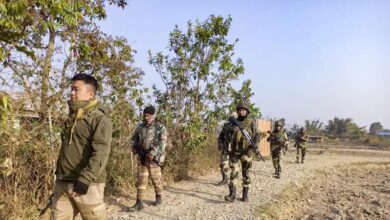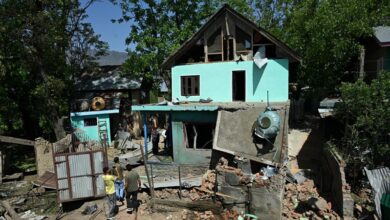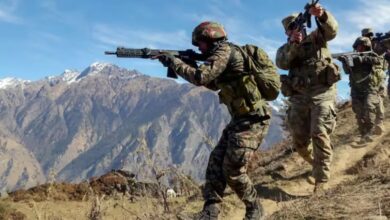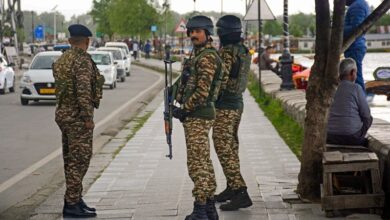Pollution restrictions under GRAP-3 removed in Delhi-NCR, Vehicle limits relaxed.
News Mania Desk / Piyal Chatterjee/ 5th January 2025
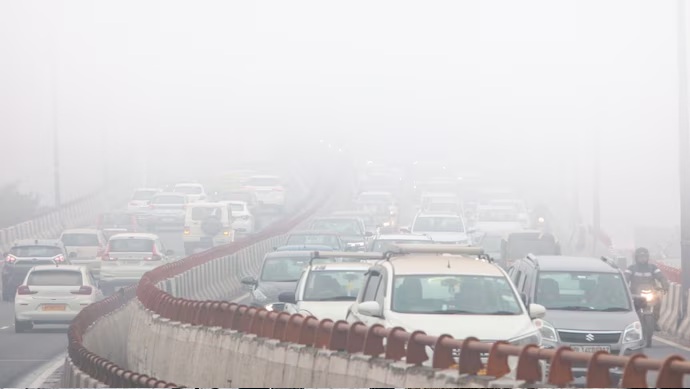
The panel on air quality in Delhi-NCR announced on Sunday the rollback of Stage 3 restrictions from the Graded Response Action Plan (GRAP) due to a decrease in pollution levels in the capital and nearby regions, according to an official statement.
Delhi’s air quality has shown signs of improvement, with the 24-hour average air quality index (AQI) recorded at 339 at 4 pm and 335 at 5 pm on Sunday, and current trends suggest that AQI levels will decline further. The Commission for Air Quality Management, which oversees air pollution control in Delhi-NCR, announced that restrictions under Stage 1 and Stage 2 will continue. The CAQM additionally highlighted that forecasts from the India Meteorological Department and IIT Madras indicate that Delhi’s AQI will persist in the ‘poor’ category (between 200 and 300) in the upcoming days.
Following the easing of Stage 3 restrictions, BS-III petrol and BS-IV diesel cars are now permitted to operate in Delhi and the NCR regions.
Under the GRAP-3 guidelines, stringent actions were taken to reduce air pollution. This encompassed a prohibition on unnecessary construction and demolition projects, the functioning of industries and brick kilns utilizing non-clean fuels, as well as non-essential diesel generators.
Diesel trucks carrying non-essential items were barred from entering Delhi, and the open incineration of waste and biomass was firmly prohibited. Moreover, schools were directed to transition classes up to Grade 5 to a hybrid learning format according to Stage 3 guidelines. “Measures under Stage I & II of the updated GRAP will, nonetheless, continue to be enforced and evaluated by all relevant agencies throughout the entire NCR to ensure that AQI levels do not deteriorate further. “All implementing agencies must maintain close watch and particularly enhance efforts during Stage-I & II of the updated GRAP,” the commission stated.
This follows the statement from the Ukrainian Air Force that Russia executed yet another drone strike on Ukraine during the night. It announced that it had downed 61 drones over the regions of Kyiv, Poltava, Sumy, Kharkiv, Chernihiv, Cherkasy, Dnipropetrovsk, Zhytomyr, and Khmelnytskyy.
The air force reported that while there were no direct strikes, several homes in the Kharkiv Region were damaged by a thwarted drone. In November, Ukraine announced that its forces had clashed with North Korean soldiers in the Kursk area. The arrival of North Korean soldiers was a reaction to an unexpected assault carried out by Ukrainian forces in August, penetrating as far as 18 miles (30km) into Russian territory. Moscow removed nearly 200,000 individuals from border regions, while President Vladimir Putin denounced the Ukrainian assault as a “significant provocation.” After two weeks, Ukraine’s leading commander stated that they had control over over 1,200 sq km of Russian land and 93 villages. Russia has regained parts of that territory, yet Ukraine maintains troops in the Kursk area.



